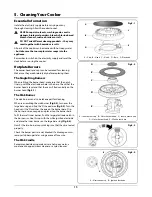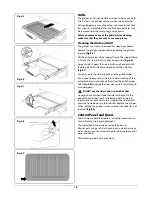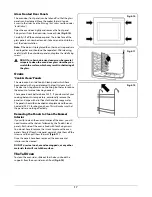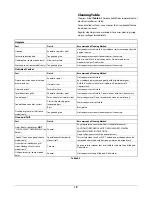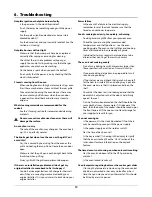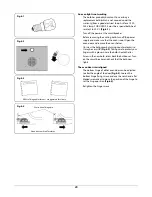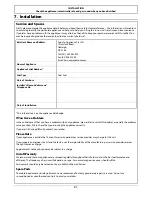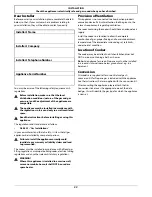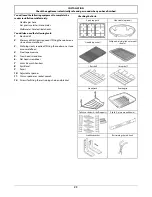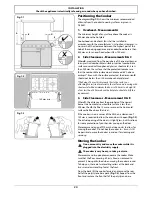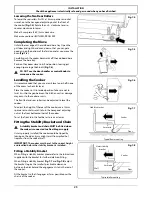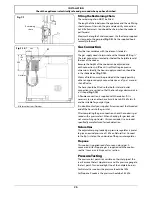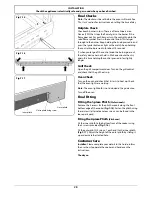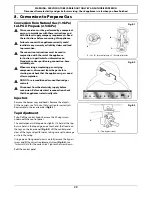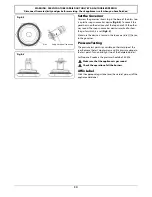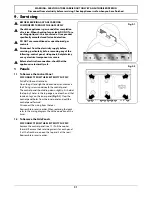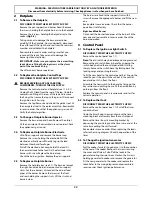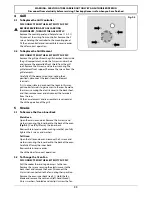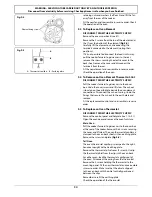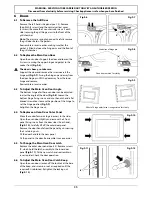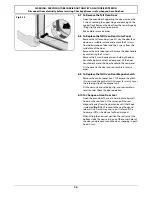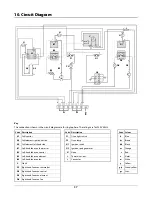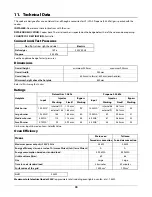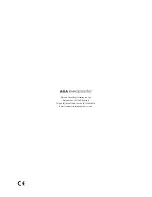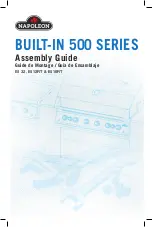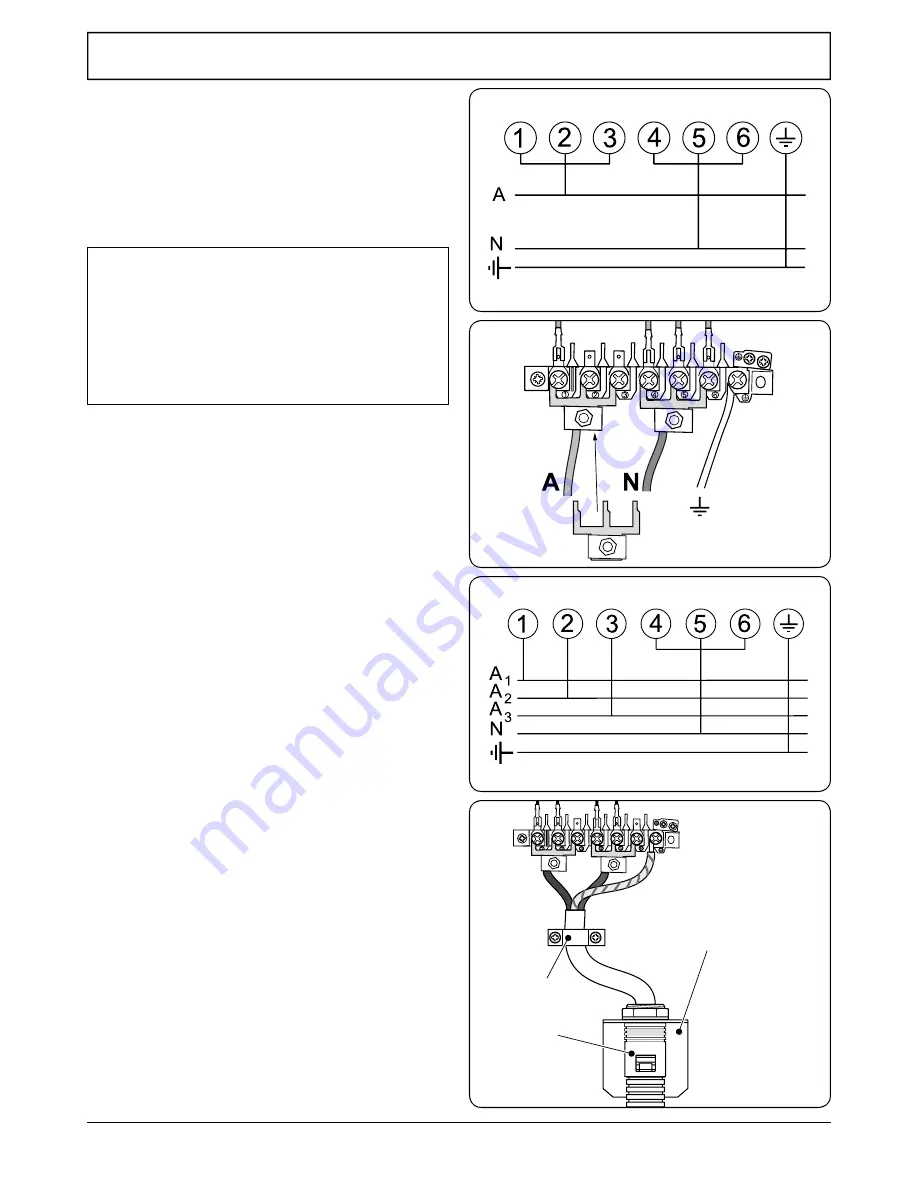
INSTALLATION
Check the appliance is electrically safe and gas sound when you have finished.
27
ArtNo.132-0001 - 1 phase 240Vac 50Hz
1-phase 230 V
AC
50 Hz
Fig.7-11
Fig.7-12
Electrical Connection
This appliance must be installed by a qualified electrician
to comply with the relevant regulations
(AS/NZS 60335.2.6) and also the local electricity supply
company requirements.
Make sure that the mains characteristics (voltage, nominal,
power, etc.) match the ratings indicated on the cooker data
plate.
Current Operated Earth Leakage Breakers
The combined use of your cooker and other domestic
appliances may cause nuisance tripping, so we
recommend that the cooker is protected on an individual
RCD (Residual Current Device) or RCBO (Residual Current
Breaker with Overload).
IF IN DOUBT, PLEASE CONSULT A SUITABLY QUALIFIED
ELECTRICIAN.
The cooker is preset for a single-phase earthed electrical
connection. It is essential to install a multi-pole circuit breaker
that completely disconnects the appliance from the mains,
with a minimum contact break distance of 3 mm.
n
n
WARNING: THIS APPLIANCE MUST BE EARTHED.
The appliance must be connected to an efficient earthing
circuit. If the electricity network is not equipped with an
earth connection, then it must be installed separately in
compliance with local regulations.
Earthing is a safety measure required by law, and must be
performed with particular care by a qualified technician,
who must also check that the electricity supply
characteristics are correct.
The total electrical load of the appliance is approximately
7.4 kW. The cable size used should be suitable for this load
and comply with all local requirements (i.e. PVC Insulated
cable IEC 60227 – code 53 for ordinary cables).
Please note the maximum cable sizes are 6 mm² for the screw
terminals and 10 mm² for the 3-pronged links.
Access to the mains terminal is gained by removing the
electrical terminal cover box on the back panel. Connect the
mains cable to the correct terminals for your electrical supply
type (Fig.7-11 and Fig.7-12). Check that the links are correctly
fitted and that the terminal screws are tight. Secure the mains
cable using the cable clamp.
Fixed Wiring
For connection to fixed wiring, i.e. flexible conduit, remove
the electrical terminal cover box on the back panel. Using the
two screws, fix the strain relief bracket in position.
Fix the conduit-to-conduit mounting bracket onto the
strain relief bracket. Connect the mains cable to the correct
terminals for your electrical supply type (Fig.7-13 and
Fig.7-14). Check that the links are correctly fitted and that the
terminal screws are tight.
Replace the electric terminal cover box; make sure that the
conduit is clear of the bottom flange.
ArtNo.132-0002 - 3 phase 240/415Vac 50Hz
3-phase 240/415 V
AC
50 Hz
Fig.7-13
ArtNo.132-0005 - Fixed wiring connection 2 (AUS)
Mains terminal
Fixing bracket for
conduit connection
Conduit
Cable clamp
A
N
Fig.7-14
3-phase 230 V 50 Hz



